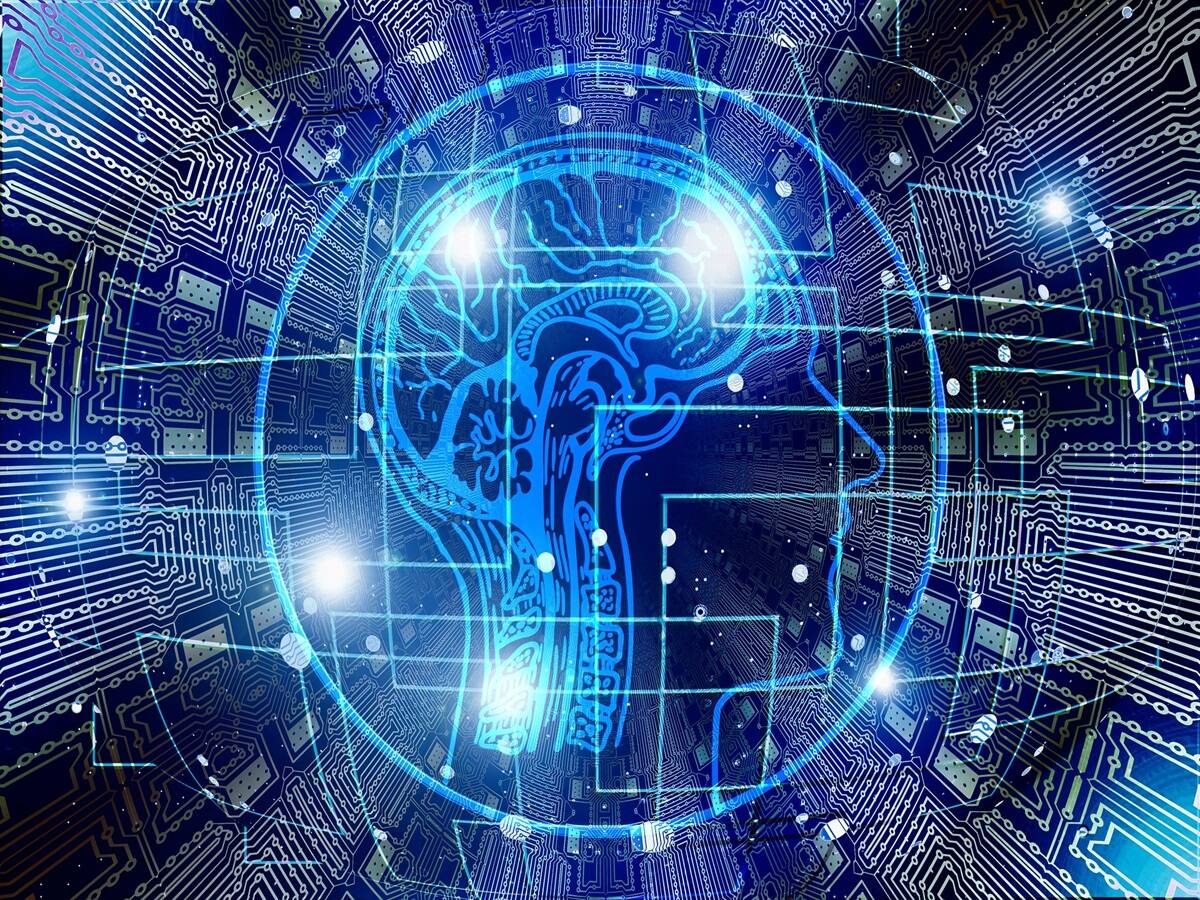Share this @internewscast.com

In unraveling the intricate dynamics of memory formation after distressing events, this study prompts a reevaluation of conventional assumptions.
A study from the Beckman Institute for Advanced Science and Technology delves into the intricate relationship between trauma and memory, shedding light on how we recall distressing episodes. The findings suggest that our recollection of events is significantly influenced by the emotional aftermath rather than the lead-up, presenting implications for eyewitness testimonies, PTSD therapies, and memory decline in disorders like Alzheimer’s. Lead author Paul Bogdan emphasizes the study’s clarity, showcasing a novel dimension in understanding emotion’s impact on memory. The research stems from over 15 years of work within the Lab, headed by psychology professors. Their focus on unwanted memories has led to the development of an emotional security system, integrating cognitive therapies to safeguard emotional well-being in the face of intrusive recollections.
The Challenge Of Studying Traumatic Memories
Studying traumatic memories proves challenging as the brain tends to auto-edit negative experiences, prioritizing big ideas over details. The research aims to bridge this gap by exploring how negative emotion influences our ability to sequence memories along a timeline.
Experimental Setup
Two identical experiments involving 72 and 150 participants respectively were conducted. Participants viewed images designed to evoke emotional responses, and an hour later, they were tested on their ability to place images in sequential order. Results consistently showed that recall of the second image improved when negative memories preceded neutral ones on the timeline.
Memory Flow: Negative To Neutral
Contrary to intuition, the study suggests that memory flows from negative to neutral. Participants were better at recalling neutral images following negative ones than vice versa. This implies that in the context of an insult during a conversation, individuals might retrieve what was said immediately afterward more accurately than before.
Unintuitive Nature And Evolutionary Considerations
While seemingly unintuitive, the researchers suggest that negative emotional spikes prompt a rush of focus and alertness, leading to a more meticulous recording of subsequent events. This challenges assumptions about humans evolving to have a good memory for events leading to negative outcomes, proposing that the emphasis is on what follows a negative event.
Implications For Witness Testimonies And PTSD Therapies
The study’s results have far-reaching implications, particularly in legal contexts. Witness testimonies may be cautiously approached, recognizing the tendency to miss details leading to negative events. Furthermore, the findings contribute valuable insights into PTSD, where neutral activities can trigger overwhelming negative emotions.
Cognitive Strategies
Therapeutic avenues arising from the research include strategies to reattach traumatic memories to their original context. For PTSD, this involves addressing the rupture between the memory of a traumatic experience and its original context. The Lab aims to incorporate these strategies into cognitive therapies.
Addressing Memory Decline In Aging
As people age, memory-related problems, especially in conditions like Alzheimer’s, become more serious. Understanding memory for context becomes crucial, opening avenues for future strategies to encode information effectively, potentially aiding individuals with conditions like Alzheimer’s.
Conclusion: Unlocking New Possibilities In Memory Understanding
In unraveling the intricate dynamics of memory formation after distressing events, this study prompts a reevaluation of conventional assumptions. From eyewitness testimonies to therapeutic interventions for PTSD and memory decline, the implications are vast. The research not only expands our comprehension of emotion’s role in memory but also offers tangible strategies for therapeutic interventions, providing hope for more effective treatments in the future.












